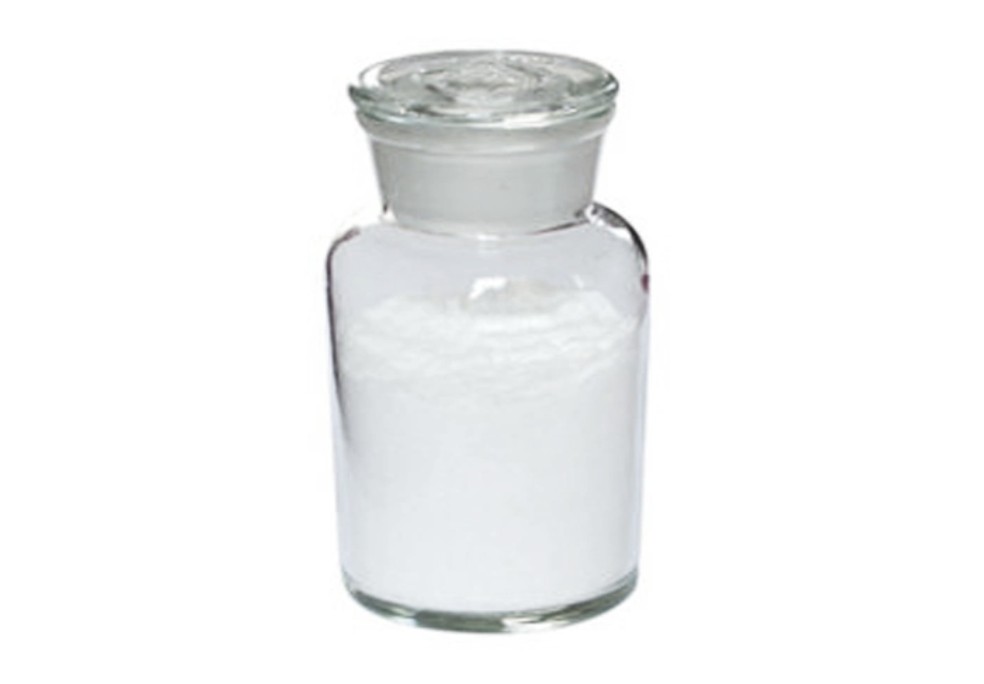Synonyms: Amuno; Chrono-Indocid 75; Confortid; Dolovin; Elmetacin; Flam; Indo-Rectolmin; Indo-Tablinen; IndoRich; Indocid
CAS: 53-86-1
MF: C19H16ClNO4
MW: 357.79
Appearance: White crystalline powder
EINECS: 200-186-5
Density: 1.327 g/cm3
Melting Point: 155-162 ° C
Boiling Point: 499.363 ° C at 760 mmHg
Storage: Store in cool and dry places, keep away from light
Indomethacin is a kind of stronger corticoid anti-inflammatory and antipyretic and analgesic, by inhibiting cyclooxygenase reducing the synthesis of prostaglandin (PG), to prevent the formation of the nere impulses, inflammation tissue inhibiting inflammatory reaction, including inhibition of leukocyte chemotaxis and lysosomal enzyme release, etc., and produce antipyretic, analgesic and anti-inflammatory effects.
Indomethacin anti-inflammatory, antipyretic effect is very strong, its anti-inflammatory effect is better than bute, 84 times better than hydrocortisone, and sugar cortical hormone, used in combination with aspirin, bute, can reduce their dosage, toxic and side effects, improve curative effect;
Second is antipyretic effect, 10 times than amidopyrine ;its analgesic action is weak , only to the inflammatory pain has obvious analgesic effect, but the effect is good for inflammatory pain than Baotai loose, analgin and salicylic acid.
Indomethacin is commonly used as a prescription medication to treat fever, analgesic or inflammation caused by many conditions such as arthritis, gout, ankylosing spondylitis, bursitis, rheumatism, or tendinitis.
Indometacin works by reducing the production of prostaglandins, Prostaglandins are chemicals that the body produces and which cause the fever and pain that are associated with inflammation. Indometacin is similar to ibuprofen (Motrin) and naproxen (Naprosyn, Aleve).






















